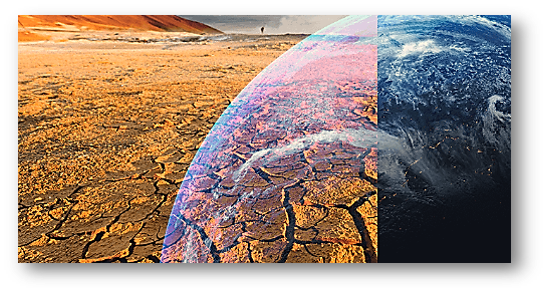Global warming and earthquakes are two distinct and separate phenomena that are not directly related. Global warming refers to the long-term rise in Earth’s average surface temperature. Primarily due to the release of greenhouse gases from human activities, such as the burning of fossil fuels and deforestation. This temperature rise has significant impacts on the Earth’s climate and ecosystems. Including rising sea levels, more frequent and severe heat waves, and more intense storms.
On the other hand, earthquakes are the shaking of the ground caused by the rapid release of energy in the Earth’s crust. Earthquakes can be caused by a variety of factors, including the movement of tectonic plates and volcanic activity. While earthquakes can result in damage to buildings and infrastructure, they are not caused by global warming.
In summary, while global warming and earthquakes are both important issues that can have significant impacts on the Earth and its inhabitants, they are separate and unrelated phenomena.
VOLCANIC ERUPTIONS CAUSE EARTHQUAKES!!
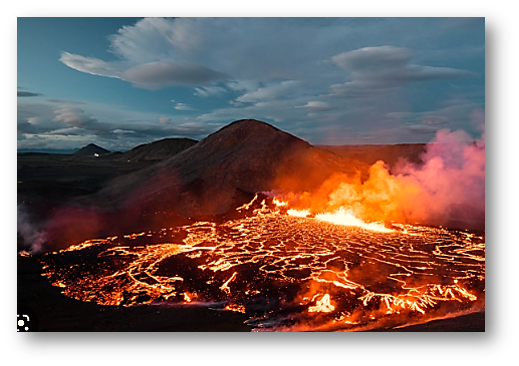
There is a connection between volcanic eruptions and earthquakes, but it’s not as direct. Volcanic eruptions can trigger earthquakes, but the relationship between the two is complex and not fully understood. Earthquakes can occur as a result of movements and changes in the Earth’s crust. Caused by the rise of magma and the movement of volcanic fluids. However, it’s important to note that not all volcanic eruptions are accompanied by earthquakes, and not all earthquakes are triggered by volcanic activity.
Additionally, it’s not accurate to say that an increase in the frequency of volcanic eruptions. This would cause an increase in the frequency of earthquakes. The frequency of both volcanic eruptions and earthquakes can be influenced by a variety of factors, including changes in tectonic activity, changes in the Earth’s mantle, and the release of magmatic fluids.
In summary, while volcanic eruptions and earthquakes can be connected, it’s not accurate to say that an increase in the frequency of volcanic eruptions would cause an increase in the frequency of earthquakes. The relationship between the two is complex and not fully understood.
GLOBAL WARMING CONTRIBUTES TO NATURAL DISASTERS!!
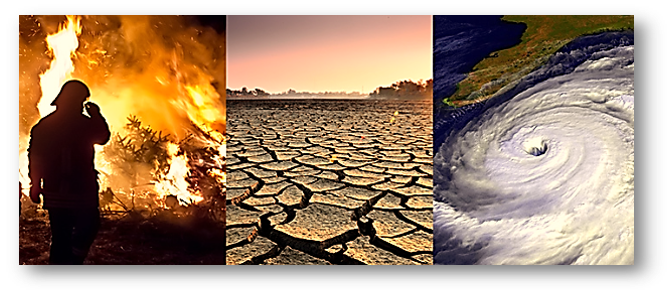
Yes, global warming can contribute to the frequency and severity of certain natural disasters. Here’s how:
Heatwaves:
As global temperatures continue to rise, heat waves are becoming more frequent and intense. This can cause droughts, wildfires, and health problems for people and animals.
Coastal Flooding:
Sea level rise, a direct result of global warming, increases the risk of coastal flooding, particularly during storm surges. This can damage or destroy coastal infrastructure and homes, and displace communities.
Hurricanes and Tropical Cyclones:
Warmer ocean temperatures can contribute to the intensity and frequency of hurricanes and tropical cyclones, leading to more destructive storms.
Wildfires:
Global warming contributes to longer and more intense fire seasons, which can lead to larger and more devastating wildfires.
Landslides:
A changing climate can lead to changes in precipitation patterns and increase the risk of landslides in some areas.
It’s important to note that while global warming can contribute to the frequency and severity of certain natural disasters, other factors, such as land use changes and poor land management practices, can also play a role.
In conclusion, global warming is affecting the planet in many ways and exacerbating the risks posed by natural disasters. Addressing global warming and reducing greenhouse gas emissions is critical to reducing the impact of natural disasters on communities and ecosystems.
MAIN CAUSES OF EARTHQUAKES!!
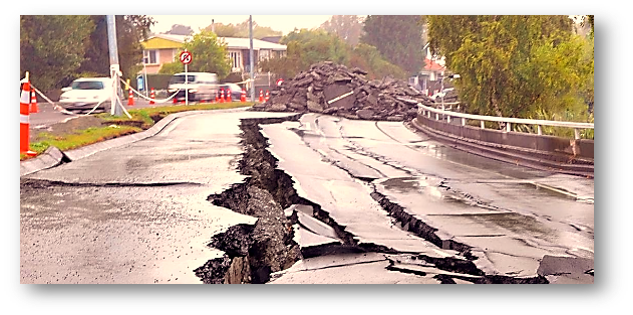
Earthquakes are caused by a variety of factors, but the three main causes are:
Plate Tectonics:
The Earth’s outer shell is composed of several large plates that move and interact with each other. Earthquakes can occur when these plates grind against each other, when one plate slides under another, or when they suddenly break apart. This type of earthquake is called a tectonic earthquake.
Volcanic Activity:
Earthquakes can also be caused by volcanic activity, such as the movement of magma or the release of volcanic gases. These earthquakes are called volcanic earthquakes.
Human Activities:
Some earthquakes are induced by human activities, such as the construction of large dams, the pumping of water from underground reservoirs, and the injection of waste fluids into the ground. These earthquakes are called induced earthquakes.
It’s important to note that not all earthquakes can be attributed to one specific cause, as multiple factors can contribute to the initiation of an earthquake. Additionally, some earthquakes are caused by a combination of tectonic, volcanic, and human activities.
EARTHQUAKE PREDICTIONS IN THE FUTURE AS GLOBAL WARMING!!
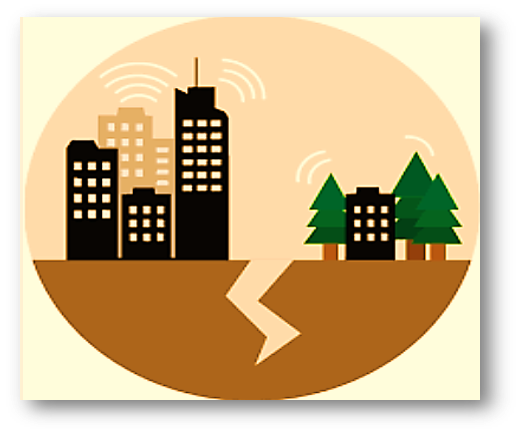
It’s difficult to make predictions about earthquakes in the future as a result of global warming. While global warming can contribute to changes in the Earth’s crust and affect the frequency and severity of certain natural disasters. Earthquakes are primarily caused by movements in the Earth’s crust, which are driven by a complex interplay of geological and tectonic processes.
There is some evidence that rising temperatures and changes in precipitation patterns caused by global warming may lead to changes in the stress levels of the Earth’s crust, which could potentially increase the risk of earthquakes in some regions. However, this relationship is not fully understood, and more research is needed to determine the extent to which global warming may impact earthquakes in the future.
In conclusion, while global warming may contribute to changes in the Earth’s crust and impact the frequency and severity of certain natural disasters, it is difficult to make specific predictions about earthquakes in the future as a result of global warming. The prediction of earthquakes remains a challenging and complex task, and much more research is needed to improve our understanding of these processes.
KEYWORDS:
Seismic activity, Tectonic plates, Epicenter, Richter scale, Magnitude, Ground motion, Shaking intensity, Fault, Aftershocks, Tsunami, Landslides, Ground failure, Building codes, Emergency response, Risk assessment, Public Education, Infrastructure development, Research, and development, Evacuation plan, Secondary hazards, Earthquake preparation, earthquake safety tips, earthquake protection, earthquake hazard reduction, earthquake risk assessment, earthquake response plan, earthquake insurance, earthquake-resistant buildings, earthquake early warning systems, earthquake education and awareness, earthquake secondary hazards, earthquake aftermath management, earthquake recovery and rebuilding earthquake research and development, earthquake prediction and forecasting,
REFERENCES:
https://www.usgs.gov/programs/earthquake-hazards/science-earthquakes
https://www.britannica.com/science/earthquake-geology

